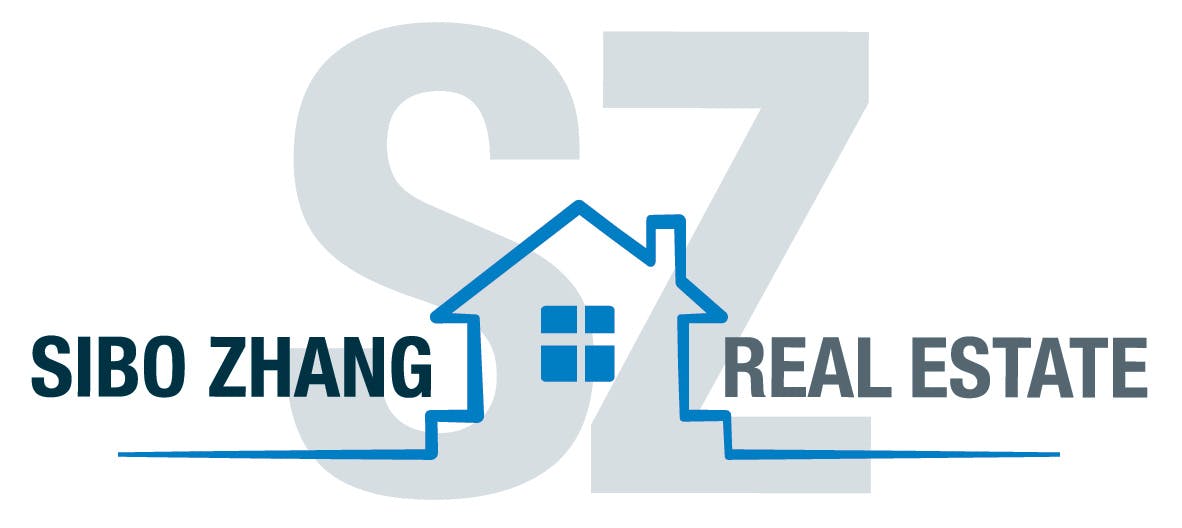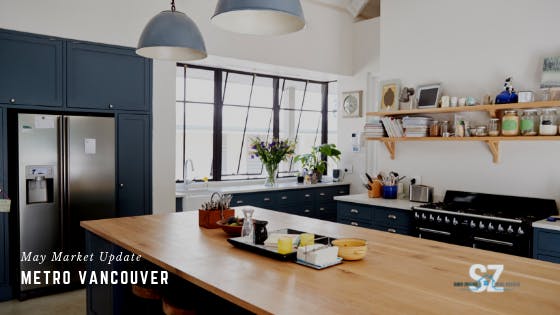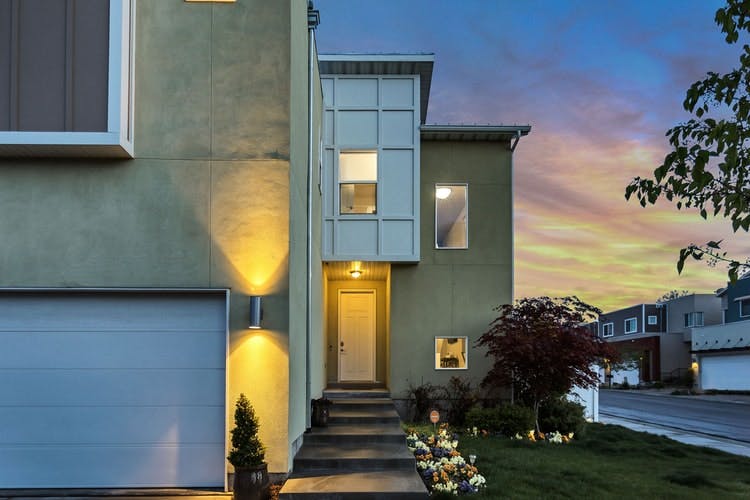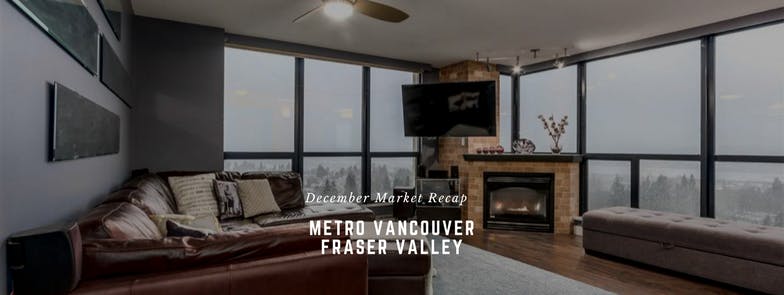If you’ve been waiting for sunnier weather to start home hunting this spring, the month of May has not disappointed – nor has the abundant inventory of listed properties which increased by 16 per cent In April. Figures for the Greater Vancouver area showed there were over 5,700 new listings last month, bringing the total inventory for all housing types to 14,357. This is very close to the total inventory one year ago, putting prospective buyers in a very commanding position to make an offer at this time. Prices on average, having dropped considerably since last summer, are now in an affordable range for more people. We could therefore see a spike in spring sales, so I encourage you to take a look now. Residential home sales in the region last month increased by nearly 6.0 per cent from the month before, and I see no reason why this upward swing will not continue at this time.
There continues to be a focus by news media on the declining number of home sales based on figures from ten years ago. This may make interesting reading for the political interest in government measures behind the price drop in the region. However, I want to point out that what is overlooked in much of this long-term discourse is the short-term activity which holds some important data for anyone in actual purchase mode right now. The increase in month-over-month sales is one indicator that there is still upward price pressure in the market. Note that composite benchmark price for all residential properties in Metro Vancouver was virtually unchanged (0.3 per cent decrease) from March to April. In the specific property types below, I report my selected monthly changes based on benchmark prices for the end of April. But you may be surprised to note that not all areas show a decline. Look for example at the one-month condominium price increases in Burnaby East of 4.5 per cent and 1.5 per cent in Burnaby North. As prices decline some places, they increase in others.
Detached Homes
The benchmark price for a single-family detached home in Greater Vancouver at the end of April was $1,425,200, a decrease of 0.8 per cent from the preceding month. The extremities of this average were Vancouver West (not West Vancouver) at $2,948,400 and Sunshine Coast at $611,400. (Note I include the Sunshine Coast only as a factor in the average, but do not report on housing prices in this area because it is to far away for my clients). The three municipalities closest to the benchmark on the higher side of the average were: North Vancouver at $1,499,400, a decrease of 0.2 per cent from the preceding month; Richmond at $1,531,000, a decrease of 1.0 per cent from the preceding month; and Burnaby South at $1,532,100, a decrease of 0.8 per cent from the preceding month. The three municipalities closest to the benchmark on the lower side of the average were: Burnaby North at $1,391,000, a decrease of 1.5 per cent from the preceding month; Port Moody at $1,366,200, a decrease of 2.6 per cent from the preceding month; and Vancouver East at $1,357,200, a decrease of 2.4 per cent from the preceding month.
Townhouses
The benchmark price for a townhouse in Greater Vancouver at the end of April was $783,300, no change cent from the preceding month. The extremities of this average were Vancouver West (not West Vancouver) at $1,167,700 and Maple Ridge at $542,600. The three municipalities closest to the benchmark on the higher side of the average were: Vancouver East at $816,500, a decrease of 0.6 per cent from the preceding month; North Vancouver at $957,700, a decrease of 0.5 per cent from the preceding month; and Vancouver West at $1,167,700, a decrease of 1.4 per cent from the preceding month. The three municipalities closest to the benchmark on the lower side of the average were: Richmond at $780,200, a decrease of 1.4 per cent from the preceding month; Burnaby South at $679,200, a decrease of 1.3 per cent from the preceding month; and Burnaby North at $708,900, a decrease of 2.4 percent from the preceding month.
Condominiums
The benchmark price for a condominium in Greater Vancouver at the end of April was $656,900, no change from the preceding month. The extremities of this average were West Vancouver at $1,128,500 and Maple Ridge at $348,600. The three municipalities closest to the benchmark on the higher side of the average were: Burnaby South at $679,200, a decrease of 0.3 per cent from the preceding month; Burnaby East at $754,900 an increase of 4.5 per cent from the preceding month; and Vancouver West (not West Vancouver) at $764.600, a decrease of 0.6 per cent from the preceding month. The three municipalities closest to the benchmark on the lower side of the average were: Richmond at $654,900, a decrease of 0.2 per cent from the preceding month; Port Moody at $633,000, a decrease of 0.3 per cent from the preceding month; and Burnaby North at $611,800, an increase of 1.5 per cent from the preceding month.
How Can I Help?
Please let me know how I can help you. There are many factors in your decision-making process that I am qualified to advise on. Whether you are wondering about mortgage planning and finance procedures, or desiring information on a specific property or area, I can help. If you considering listing your property for sale, I am able to advise you on the optimal price and provide you with a detailed market comparison to other properties in your area of interest. And remember, I can recommend reputable and quality tradespeople if you are considering home renovations. It gives me great pleasure when I can assist my clients in any way.
Thanks for reading!
Please contact me for more information.
604-779-7992
sibo.zhang@gmail.com
Sibo Zhang











